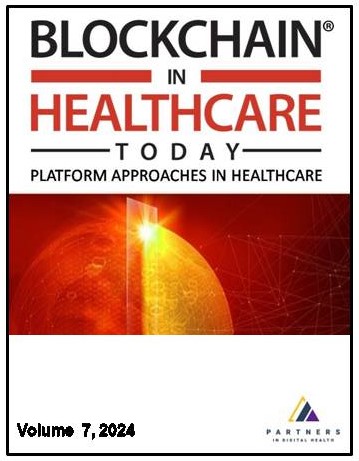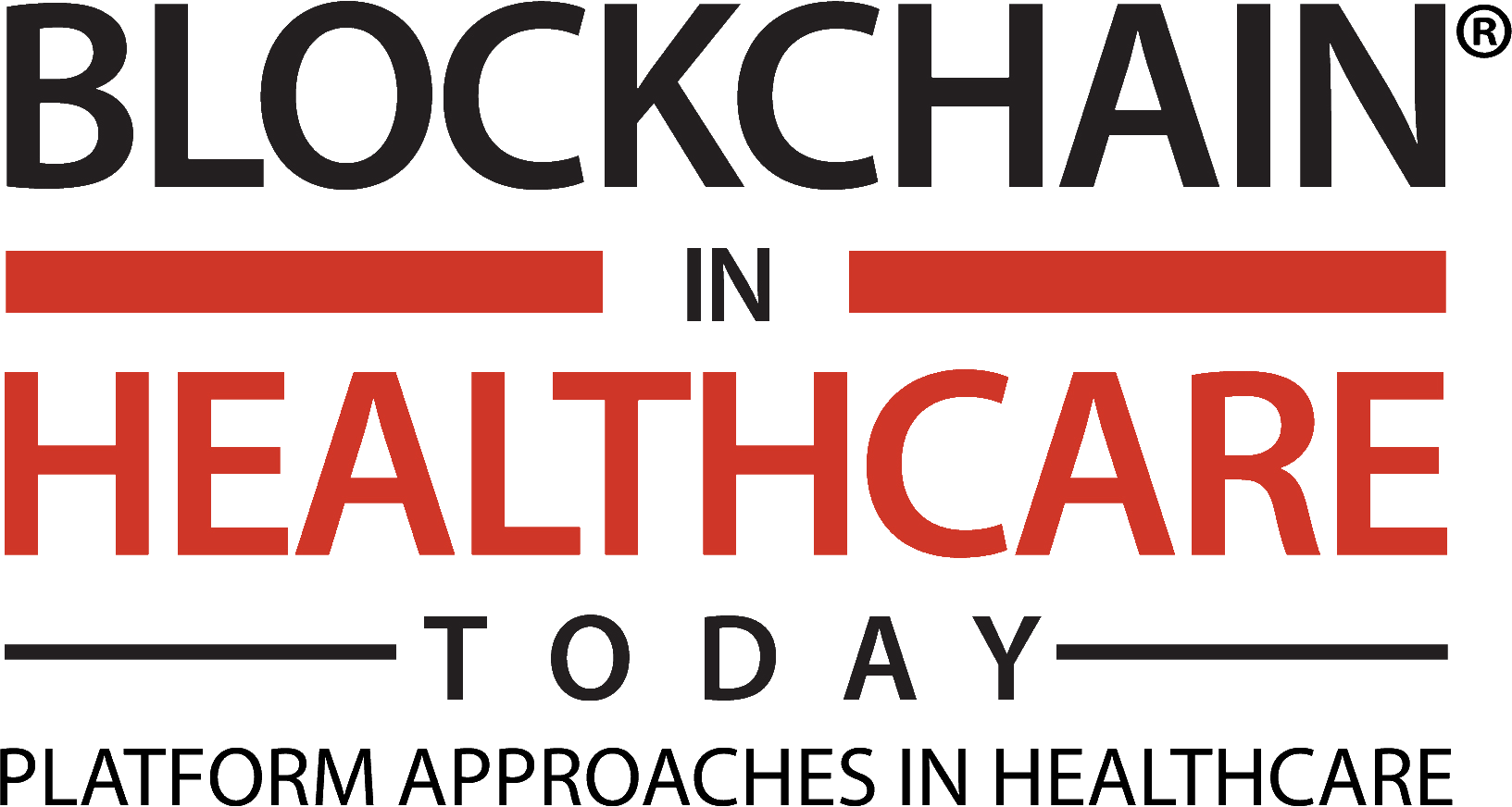
Additional files
More articles from Volume 3, Issue 1, 2020
OpenPharma Blockchain on FHIR: An Interoperable Solution for Read-Only Health Records Exchange through Blockchain and Biometrics
Critical Care Equipment Management Reimagined in an Emergency
Trust-by-Design: Evaluating Issues and Perceptions within Clinical Passporting
Harnessing the Power of Blockchains and Machine Learning to End the COVID-19 Pandemic
Blockchain, Interoperability, and Self-Sovereign Identity: Trust Me, It’s My Data
Article views
The Fourth Industrial Revolution of Healthcare Information Technology: Key Business Components to Unlock the Value of a Blockchain-Enabled Solution
Abstract
Editor’s note: This article is one of an ongoing series covering topics published in conjunction with the Health Information Management and Systems Society (HIMSS) describing the development of blockchain technology and its applicability to healthcare. As described by the World Economic Forum (WEF),1 the fourth industrial revolution is here and is changing business models across every industry vertical. This revolution includes digital technology, big data, artificial intelligence, distributed ledger technology (DLT, or blockchain), and analytics, and represents new ways in which technology is being integrated into societies. This changing interaction with technology will impact business models. Traditional business models are historically based on a centralized framework for delivery of goods and services to the consumer. The new business model is based on the decentralization of the creation and delivery of goods and services. At the core of the new model, organizations must demonstrate value-creation and value-delivery, while ensuring their solutions are secure, scalable, and interoperable to remain competitive. A decentralized business model built on a blockchain framework can provide the decentralization and security needed for this industry shift.
Keywords
References
Citation
Copyright
This is an open access article distributed under the Creative Commons Attribution License which permits unrestricted use, distribution, and reproduction in any medium, provided the original work is properly cited.
Article metrics
The statements, opinions and data contained in the journal are solely those of the individual authors and contributors and not of the publisher and the editor(s). We stay neutral with regard to jurisdictional claims in published maps and institutional affiliations.

